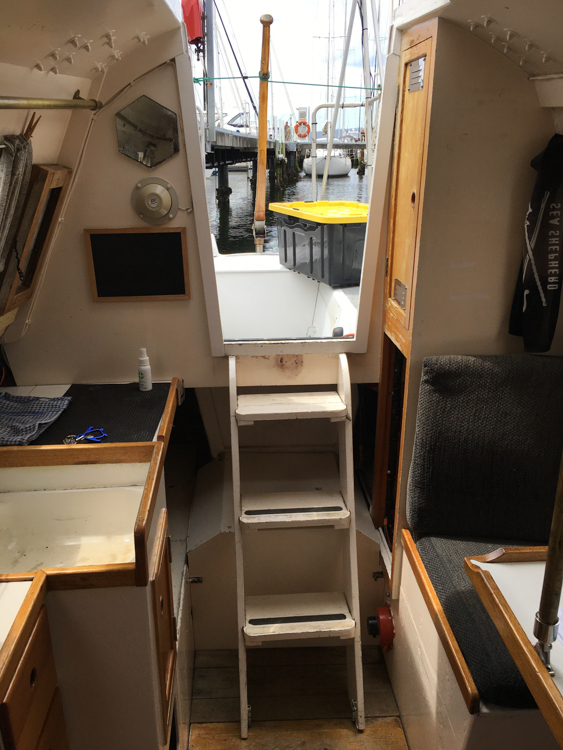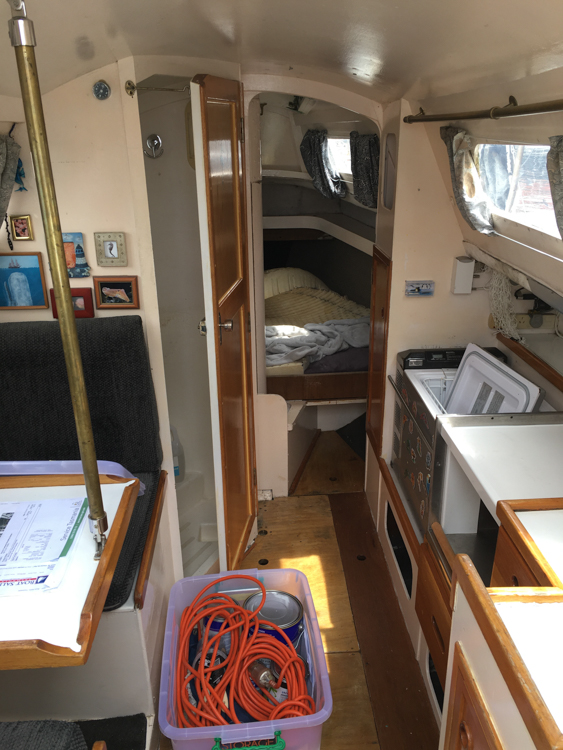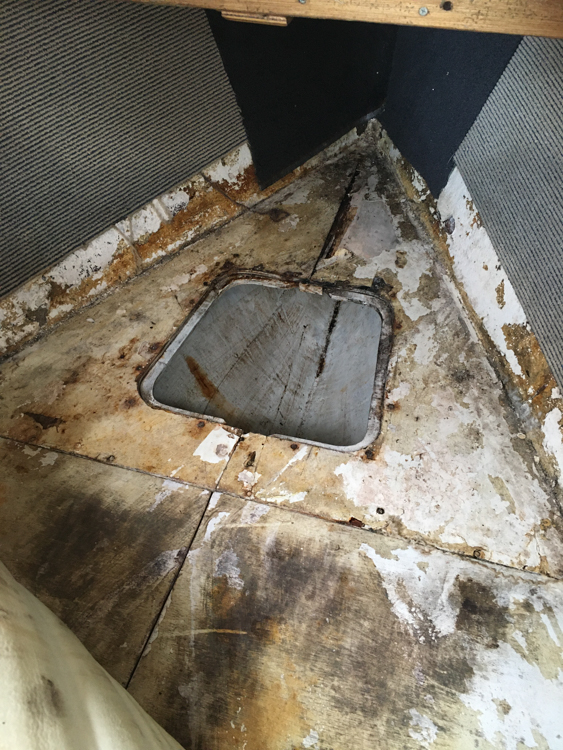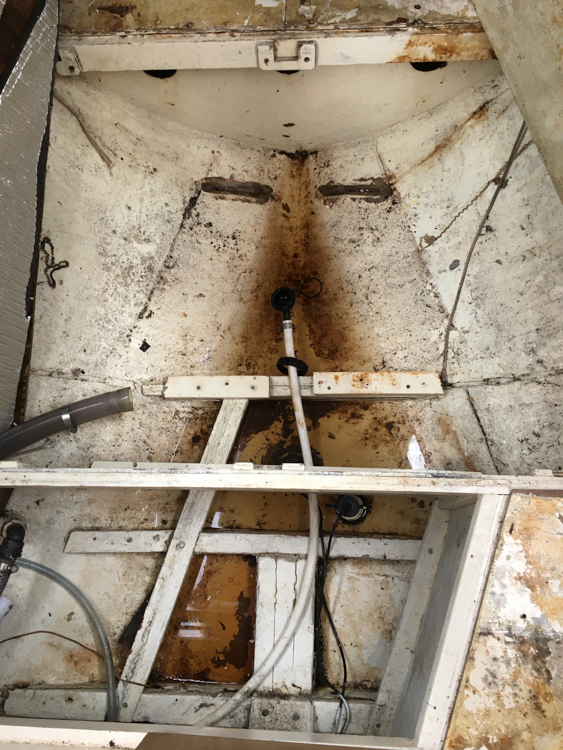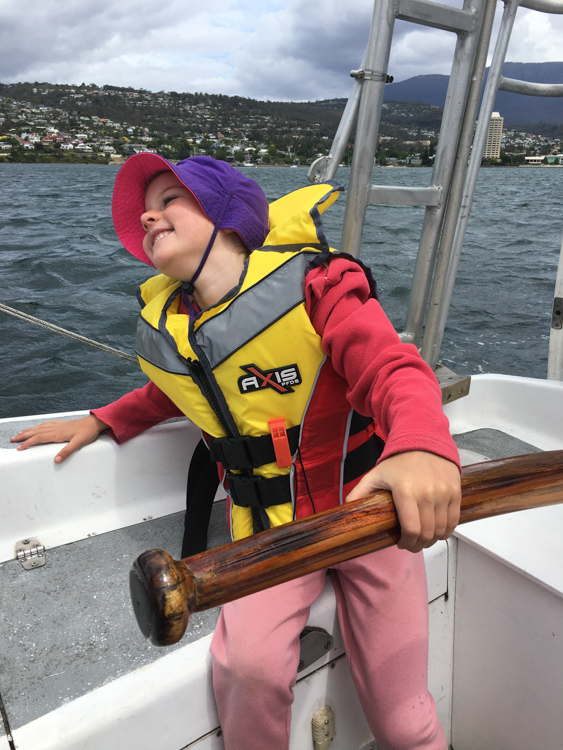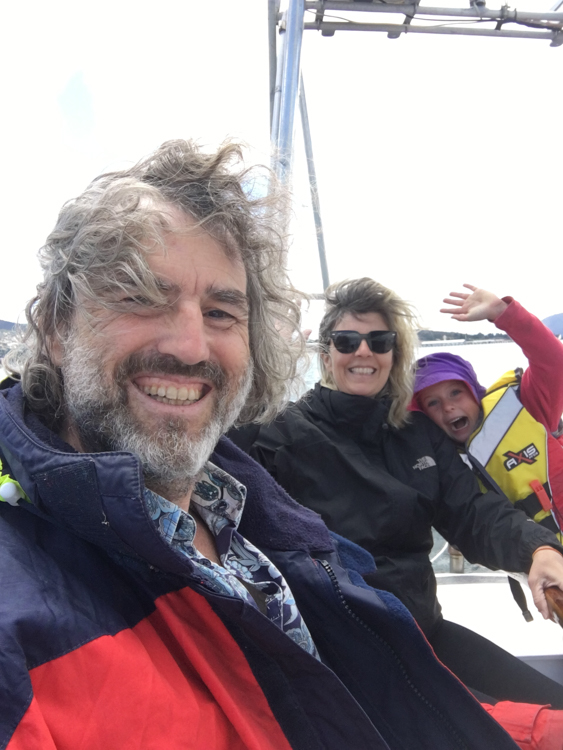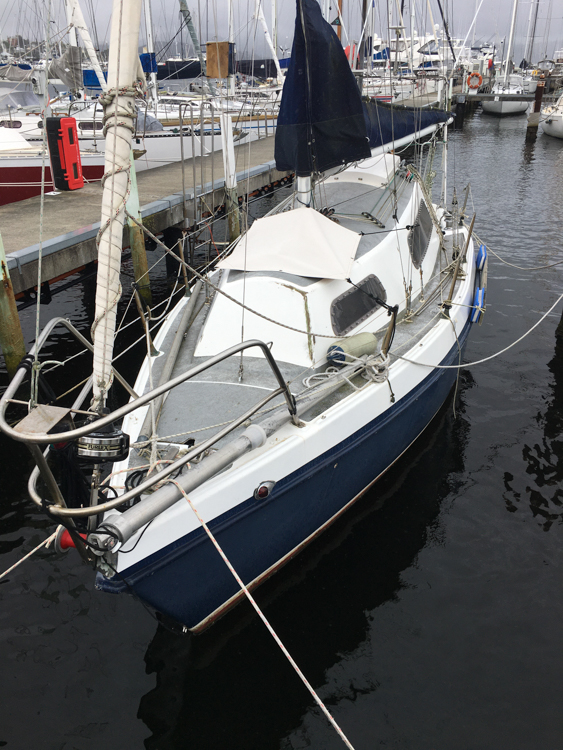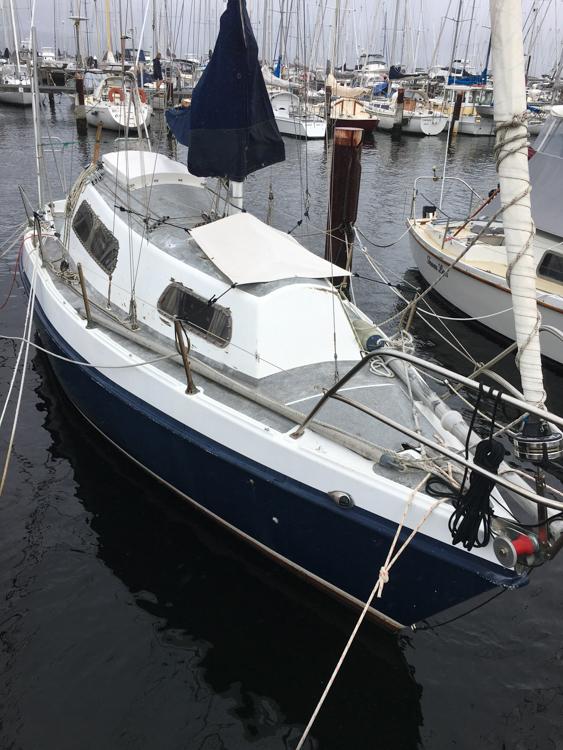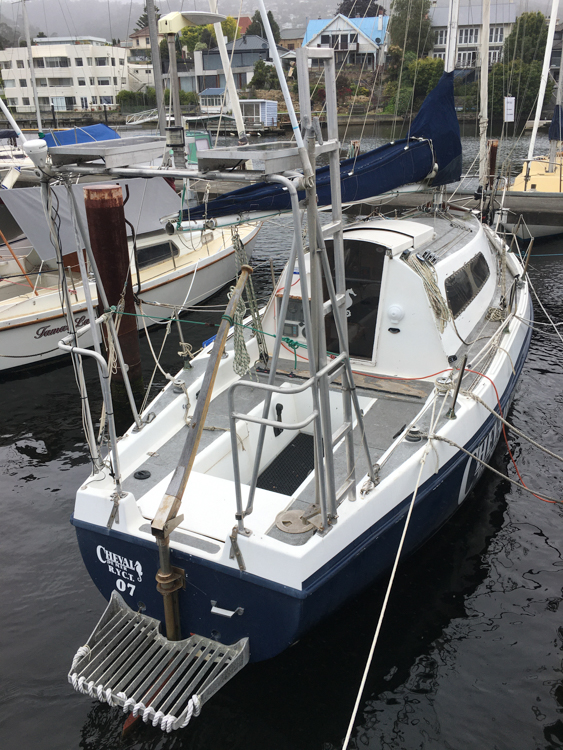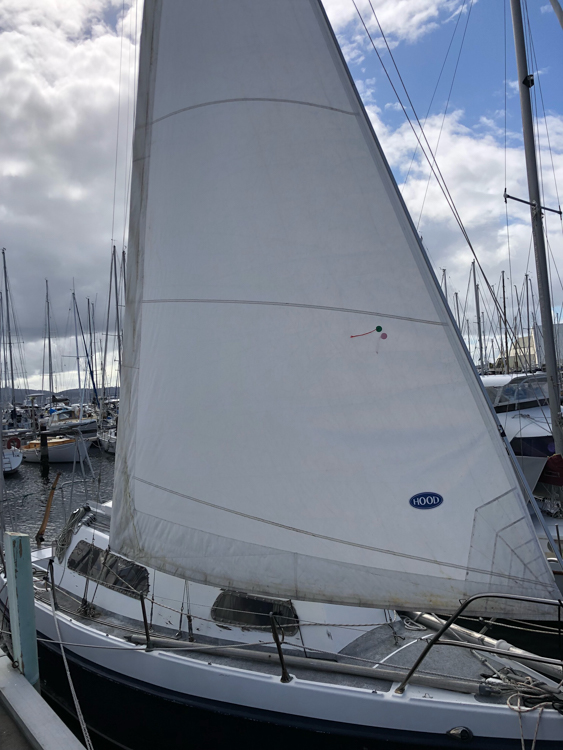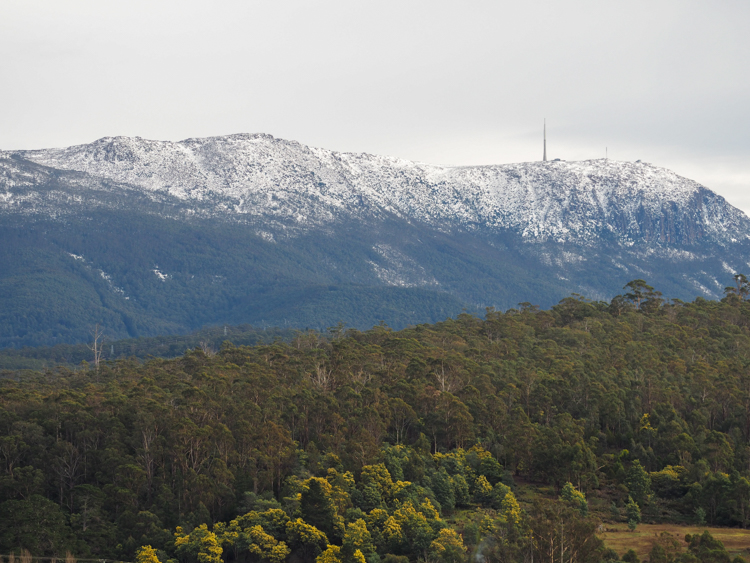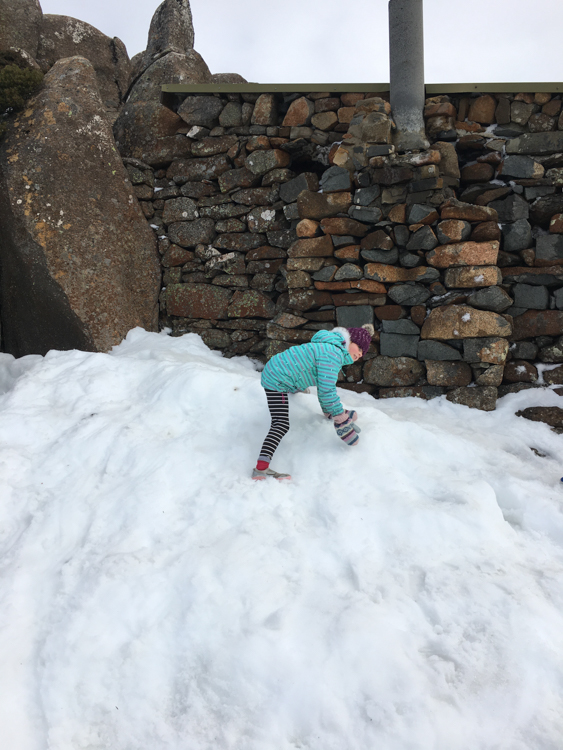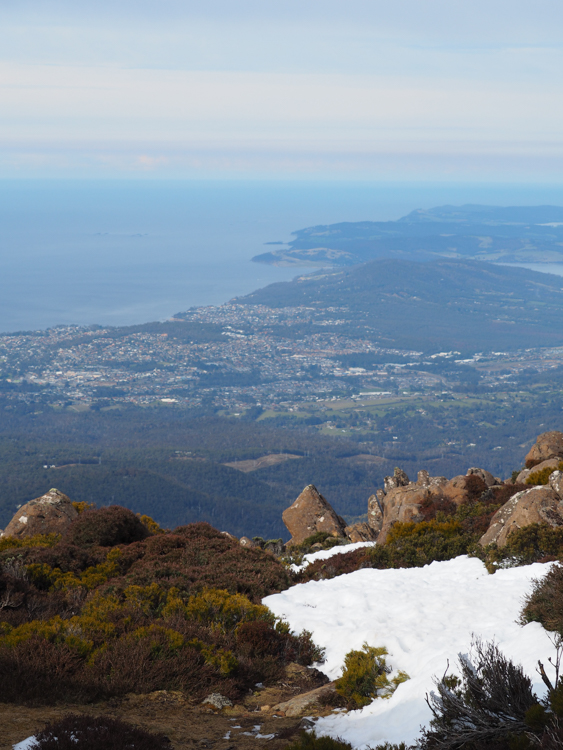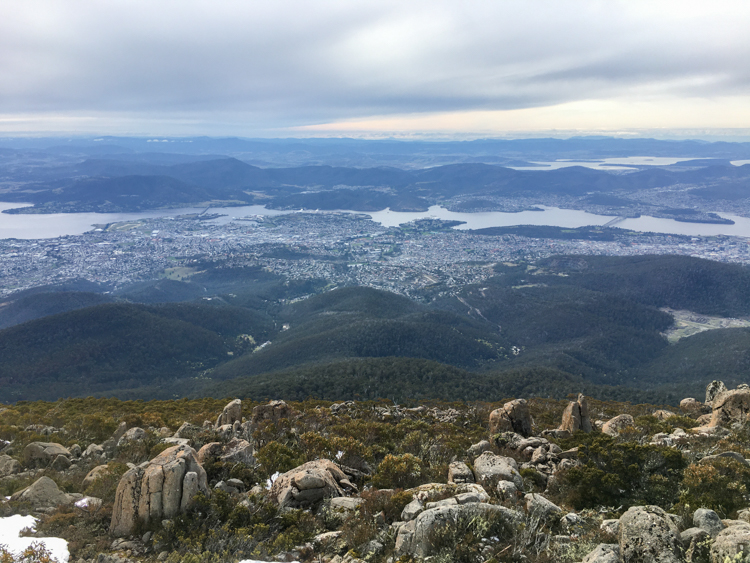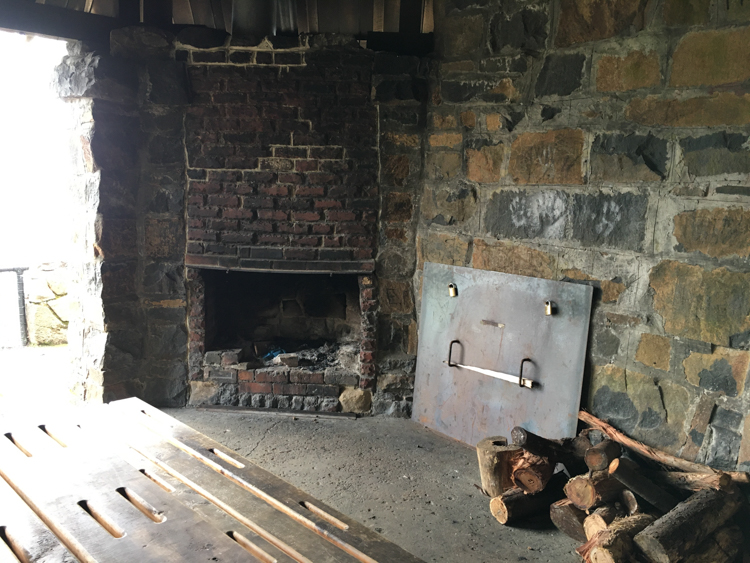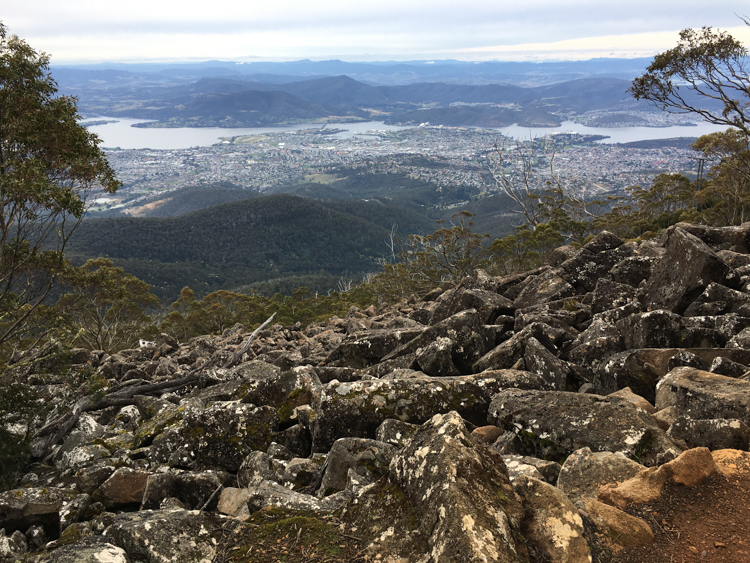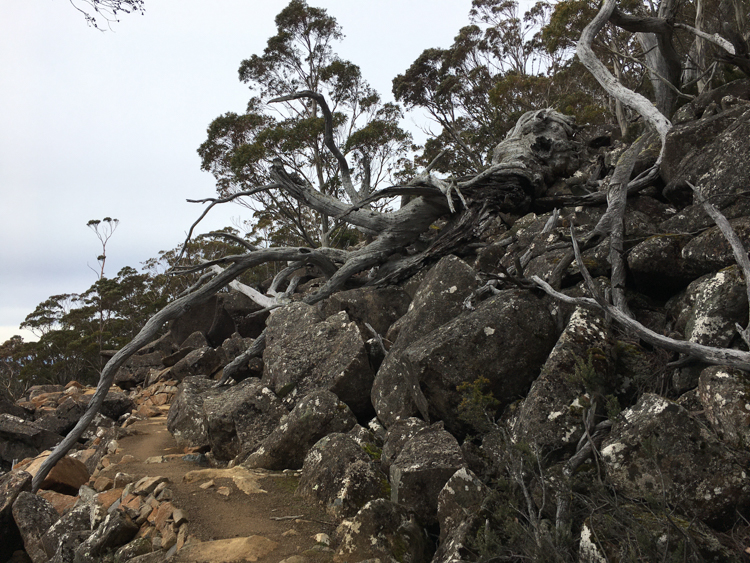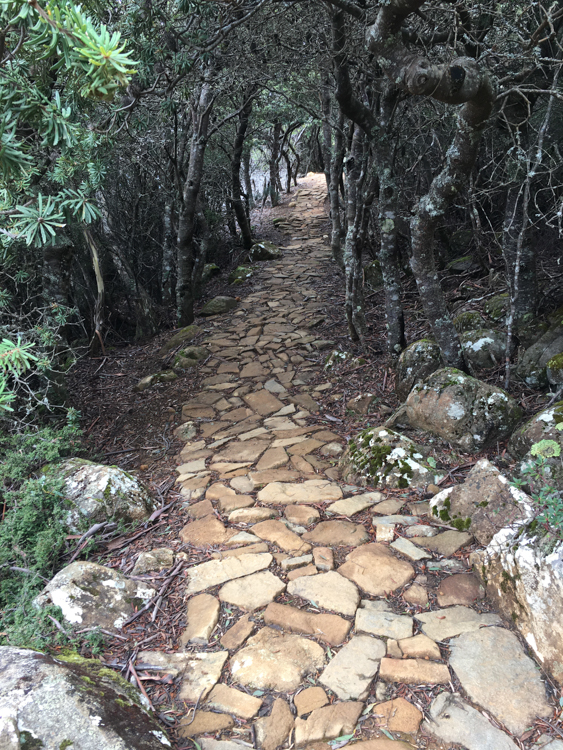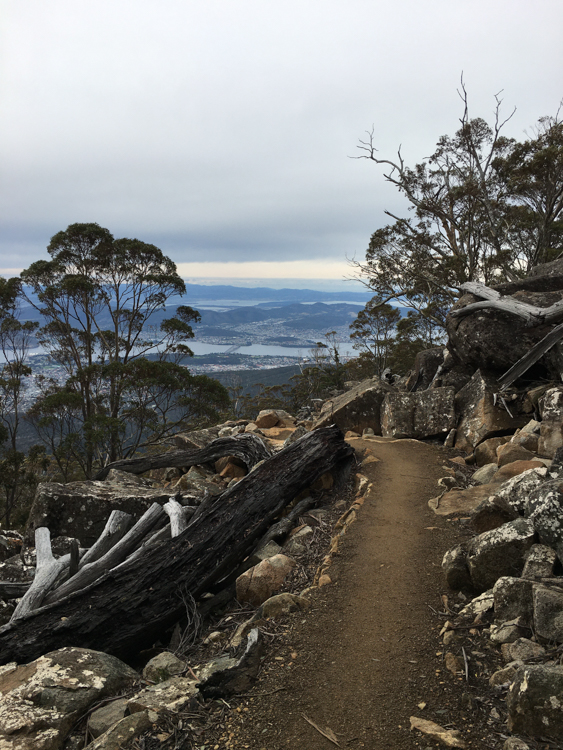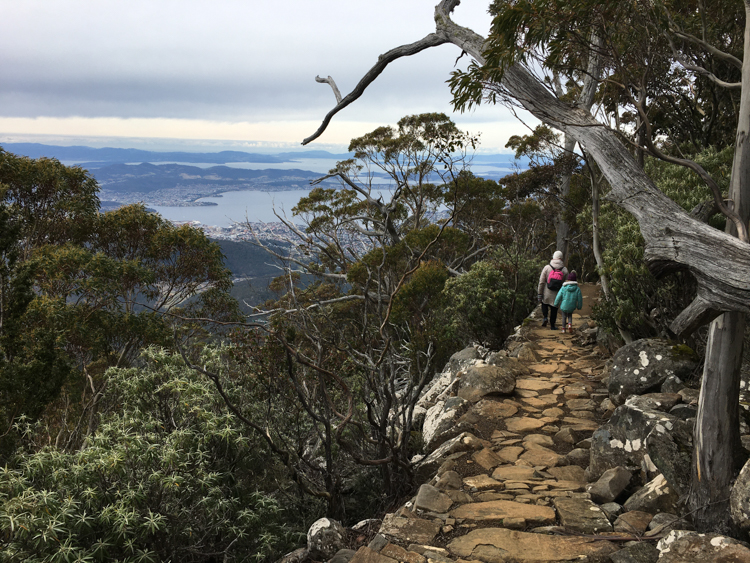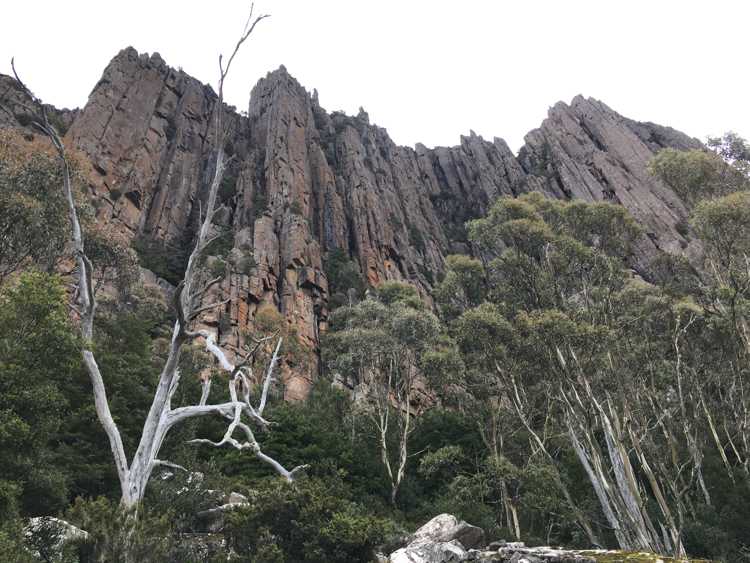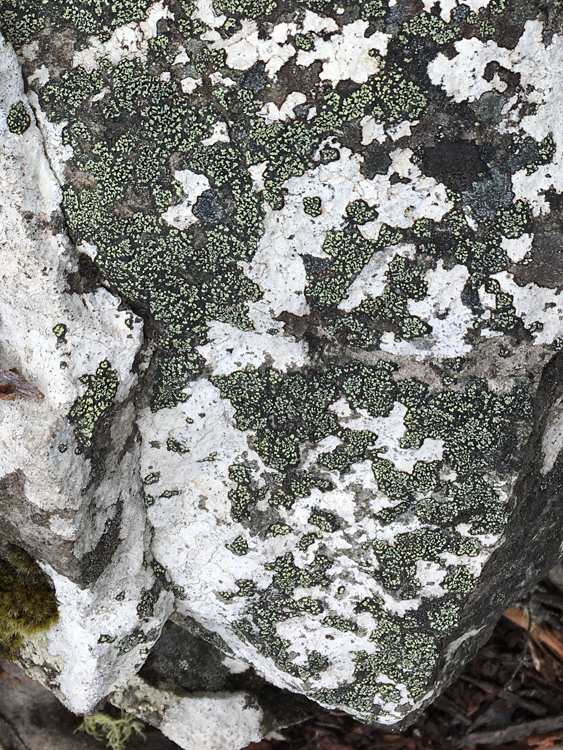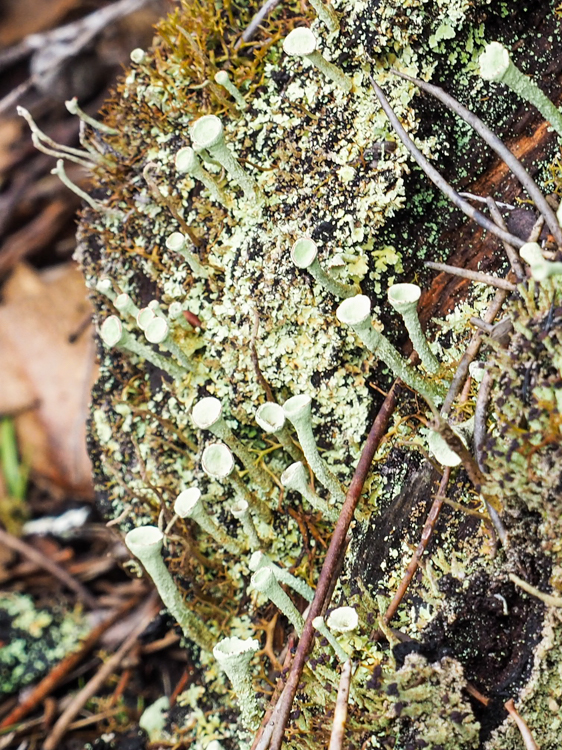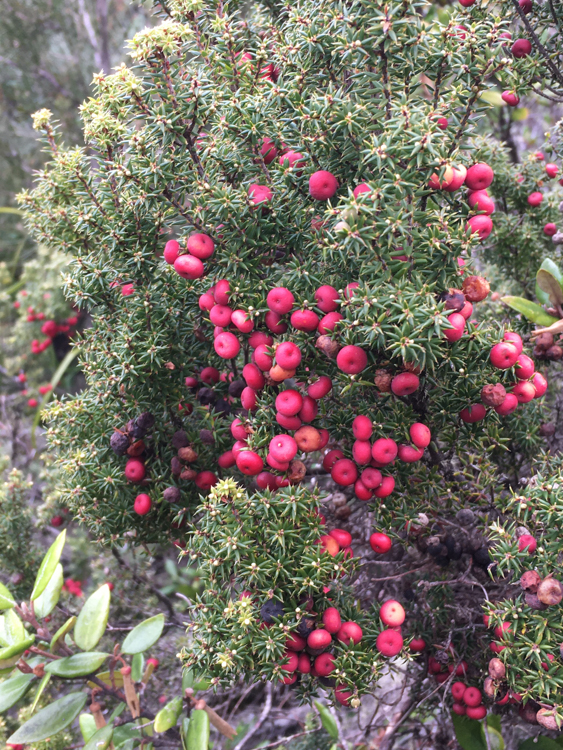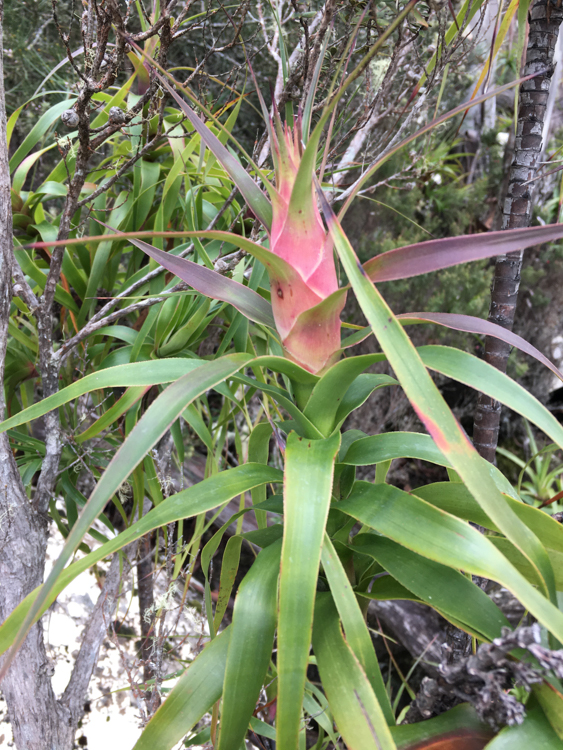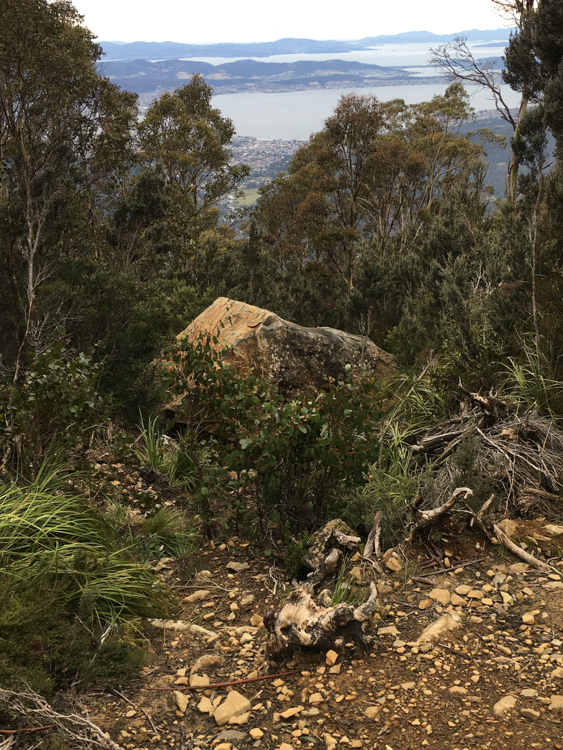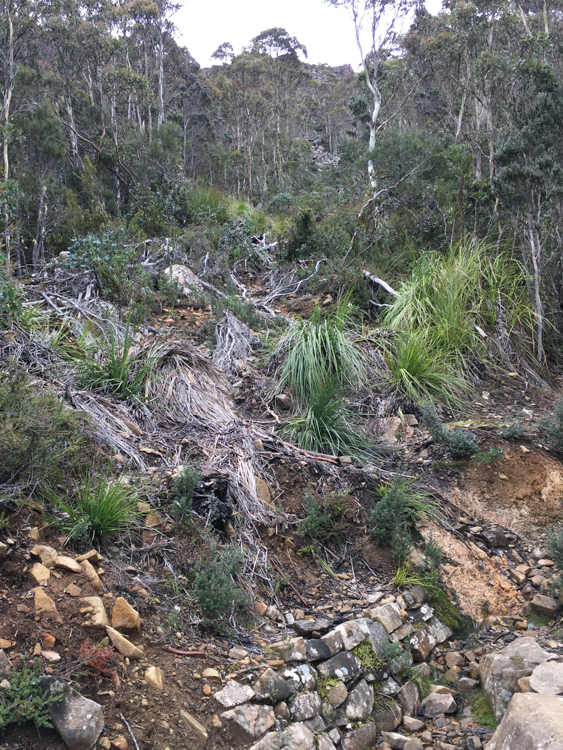Our new house is within easy striking distance of a handful of “gravity” downhill mountain bike trails. Our daughter Berrima is nearly seven, and we reckoned that she was strong and confident enough on a bicycle for us to all try this new sport as a family.
Finding ourselves with a spare week due to a pandemic-cancelled holiday, we loaded the car with camping gear and set off for the two-hour trip from Hobart to Maydena, billed as “the largest gravity park in the Southern hemisphere”.
We stopped at the Mount Field campground which is convenient to Maydena, inexpensive and very pleasant. It is situated on the banks of the Tyenna River in the Tasmanian Wilderness World Heritage Area. After a comfortable night, we struck camp and headed for Maydena.
Maydena Mountain Bike Park
The town of Maydena, population 200, really only contains the Bike Park and a small cafe. We drove right into the park, rented some lightweight Trek bikes with fat tyres and front suspension, and rolled up to the trail head. This was really a dirt bus stop where you could choose either a minibus with a trailer which took serious riders 820m vertically to the top of the mountain, or a Canam quad with five tow-bar hangers which took beginner and intermediate riders up the steep trail to the top of the ‘green’ runs. We chose the quad. Berrima’s bike was too small for the hangers, but fitted neatly into the luggage tray on the back of the Canam.
As we bounced up the fire trail, the driver helpfully pointed out some landmarks, such as the point where the championship run jumps completely over the access trail. After only five or ten minutes, he left us standing in the middle of a shady rain-forest, pointing us in the direction of a thin track disappearing into the shadows.
The path sloped suspiciously upward, but our guide had warned us that it was only for the first dozen metres or so, and after that it was all gravity, so we shrugged and set off.
He was not wrong. The trail began to descend steeply, and before long we were flying round steeply sloping berms as we zig-zagged wildly down through the forest. The bikes were reliable, the surface smooth granite, the sun was shining, the forest was beautiful.
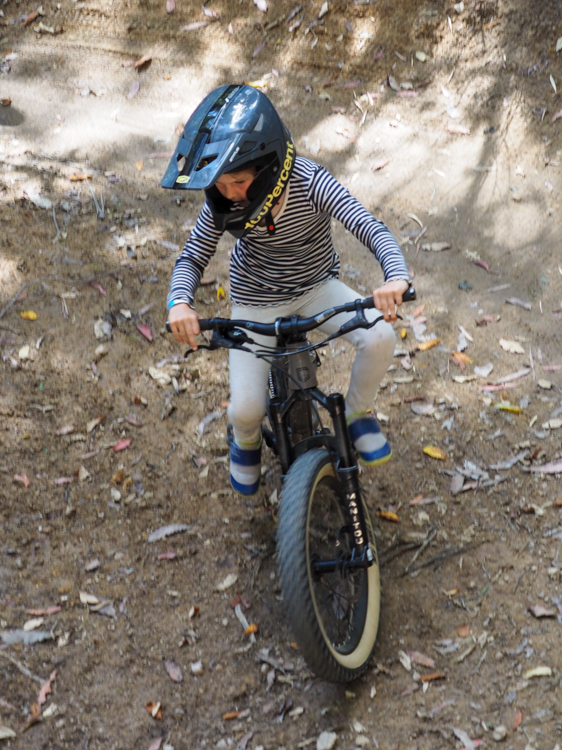
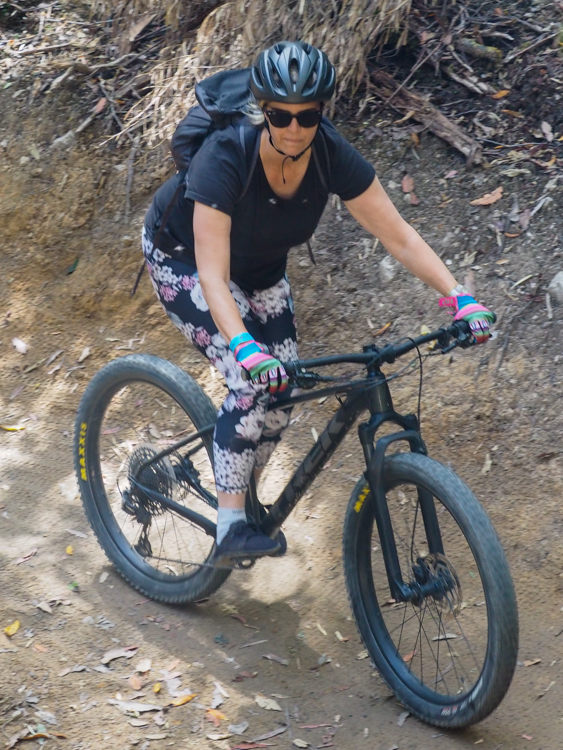
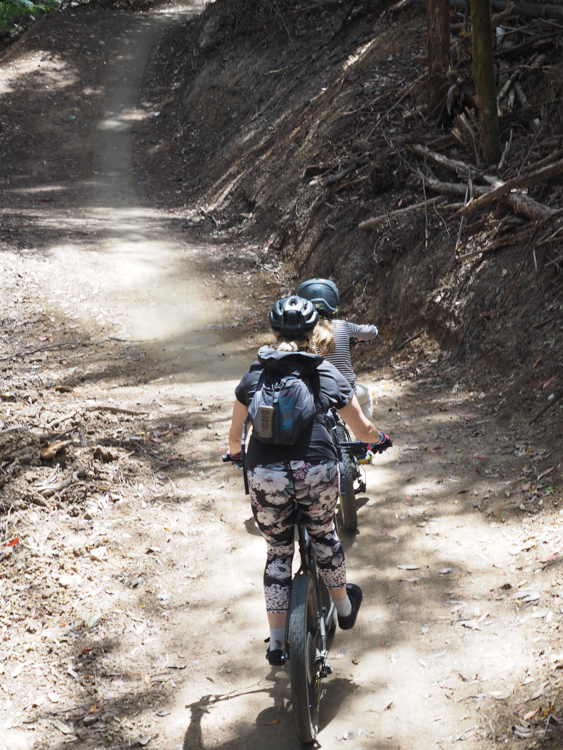
After some time we dropped out of the tree-line into an area of fox-gloves in full flower, butterflies flitting above as we rocketed down the side of mountain. It was exhilarating for all three of us, but especially Berrima who delighted in hitting the berms at full speed.
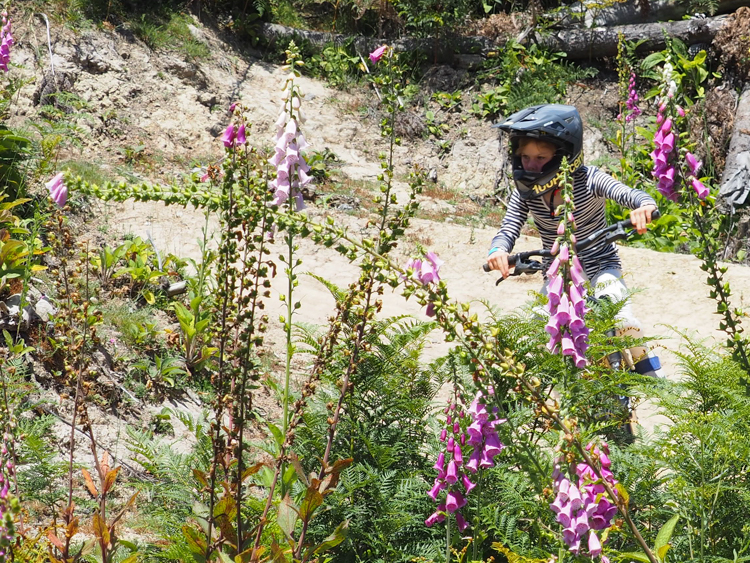
Once at the bottom, it was time to catch the Canam back to the top and do it all again.
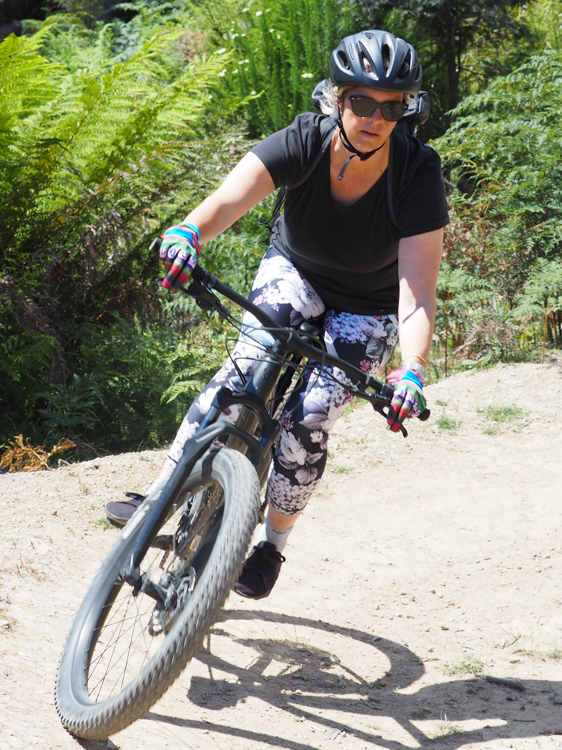
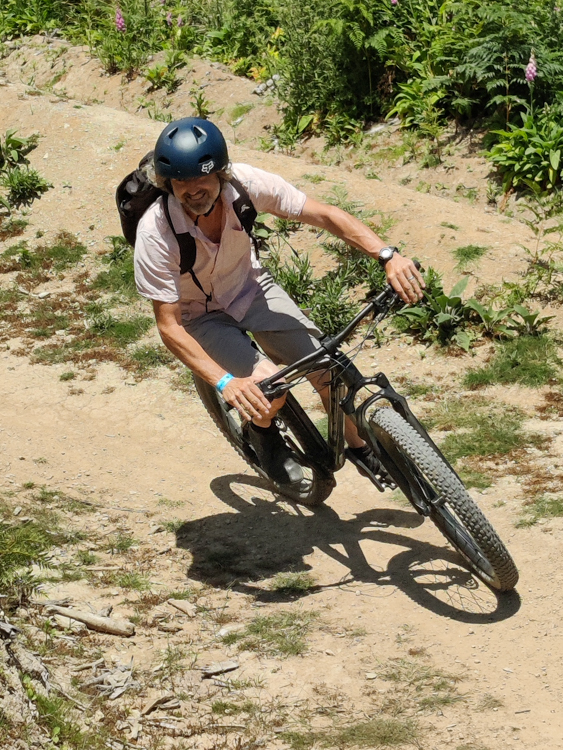
When it was time for lunch, we briefly considered the onsite canteen – just crisps and sandwiches really – and then stepped outside of the gates to the only other business in Maydena, the Fika Time cafe / petrol station, which advertised great coffee and gluten-free food. Sadly, it was not to be. The ‘small black’ coffee when it came was enormous and bitter, and we waited and waited for our simple three serves of eggs. Eventually, two plates arrived, but one of them was wrong and had to be replaced. When the replacement arrived – but not the third lunch – we were starving, so we shared the two eggs between us. Eventually we asked about the third portion, which set off this whole diatribe about how they were very busy (they weren’t) and COVID and goodness knows what else. Then mysteriously they weren’t able to refund the third meal, so we took a cake in lieu, which wasn’t anywhere near the correct value, and went back to the bike-park cafe for some crisps before continuing our ride.
The Friendly Beaches and the Bay of Fires
From Maydena to the next nearest mountain bike park in St Helens is about a four-hour drive, so we broke the journey along the coastline, taking in some of the famous beaches and enjoying an impromptu steak by the side of the road.
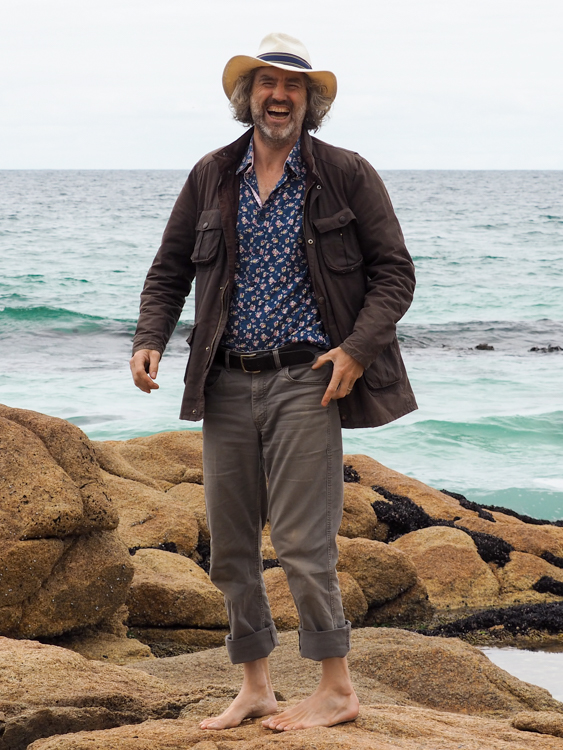
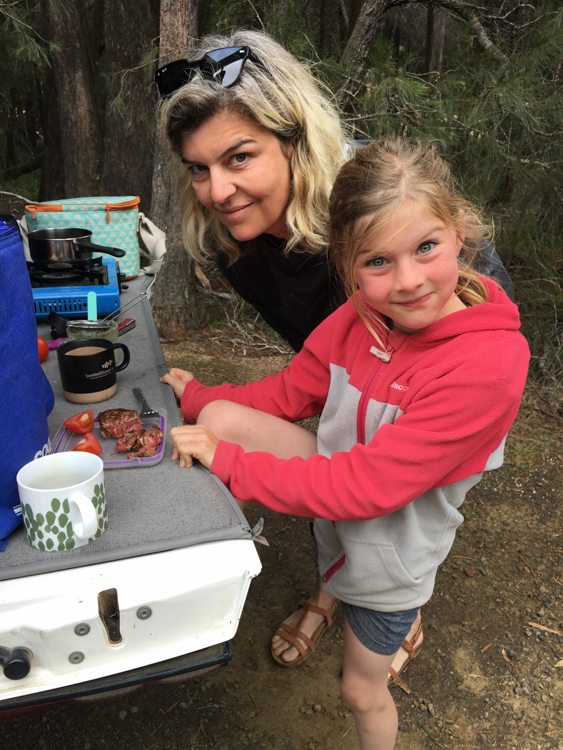
We had booked a couple of nights at an unpowered site at the rather spectacular Tasman Holiday Park on the Bay of Fires in St Helens. It is spectacular not so much for the park itself (although it is a very well appointed caravan park), but for the tremendous Parkside Bar and Kitchen, where we enjoyed some wonderful meals, a great wine list, and impeccable service.
St Helens Mountain Bike Park
While it is theoretically possible to rent mountain bikes from Gravity Isle at the St Helens park itself, their website was being uncooperative, so we had arranged a day’s hire with Vertigo in town, who offered a shuttle up to the trail head as part of the package.
There is a further shuttle that takes you higher to the more advanced runs, but the way that the St Helens green runs are arranged is that they leave from and return to the same trail head. Because the green trails go up and down but start and finish at the same altitude, they involve a lot more pedalling than the downhill runs at Maydena. Thus although the runs are shorter, they are a lot more tiring.
As well as pedalling through pretty forests, the designers had also made the trails interesting, with rocks interspersed with mud, berms, tree-trunks, exposed roots, and the occasional little stump jump.
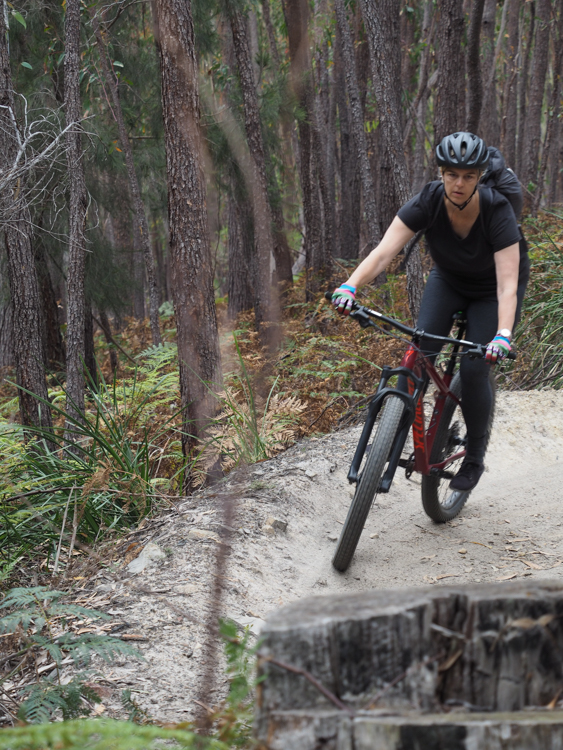
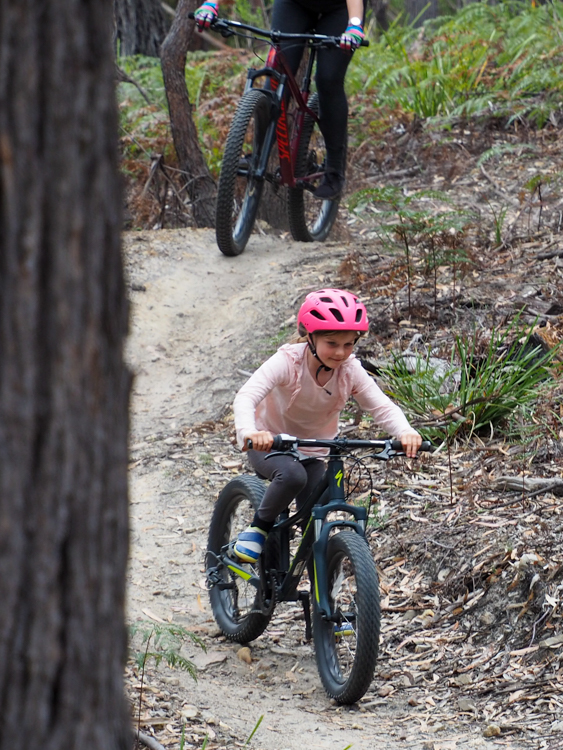
Half way through the day, we bought lunch at the converted shipping container that served as a cafe at the trailhead. Following our culinary experience at Maydena, we were a little hesitant, and indeed weren’t unduly shocked when we were presented with microwaved burgers and oven chips, with the meat still frozen in the middle.
Everything else about this new sport seems to be high-end; the land areas are huge, access is difficult, staffing levels are high, and the bikes and equipment are eye-wateringly expensive to buy. But in the realms of food preparation, at two out of three of the top gravity venues in Tasmania, we found ourselves underwhelmed by the food. Don’t mountain-bikers eat?
Luckily we had packed some chocolate bars, so we wolfed them down and drank some water and got back on the trails. By the time we’d tried all the green trails several times, we were tired and ready to stop. The exit run is called ‘Downtown’ and is a beautiful ride down the mountain, through the forests to sea level, with fast descents and switch-back berms. It was a lot of fun in itself, and finished with a gentle ride along the St Helens foreshore.
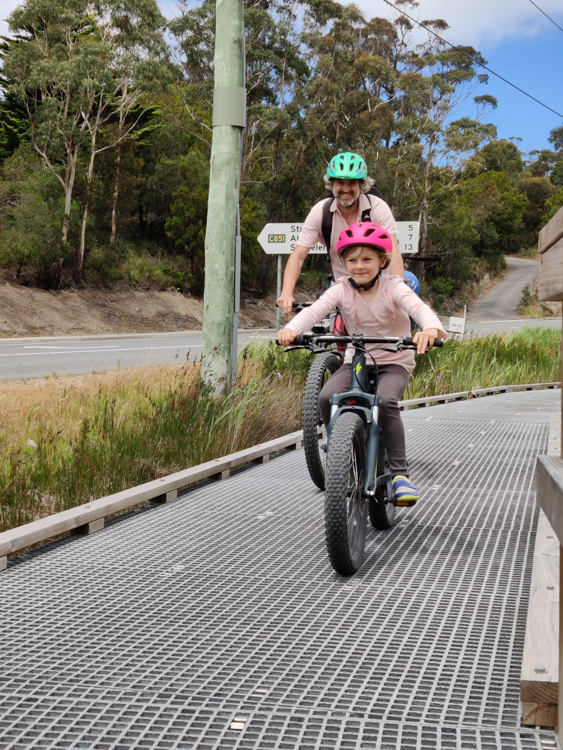
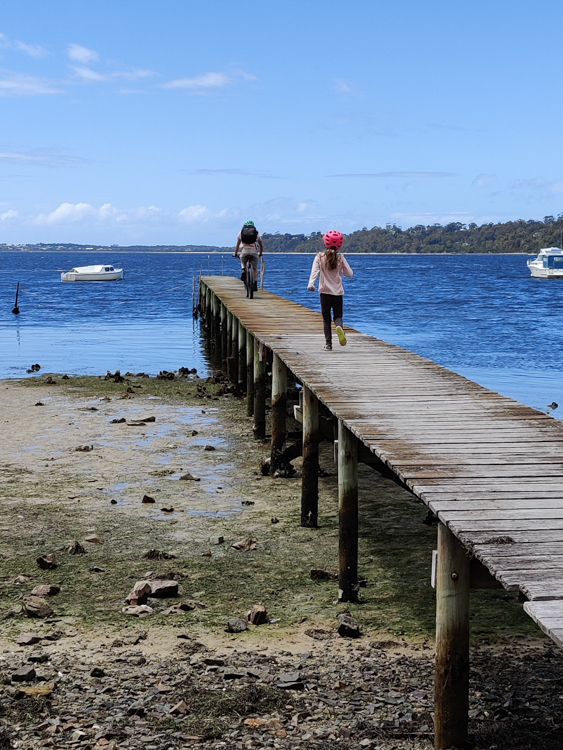
Back at the Parkside Bar in St Helens, over very welcome gourmet food and drinks, we mused that we could get used to this as a family adventure, and are looking forward to the next one.
